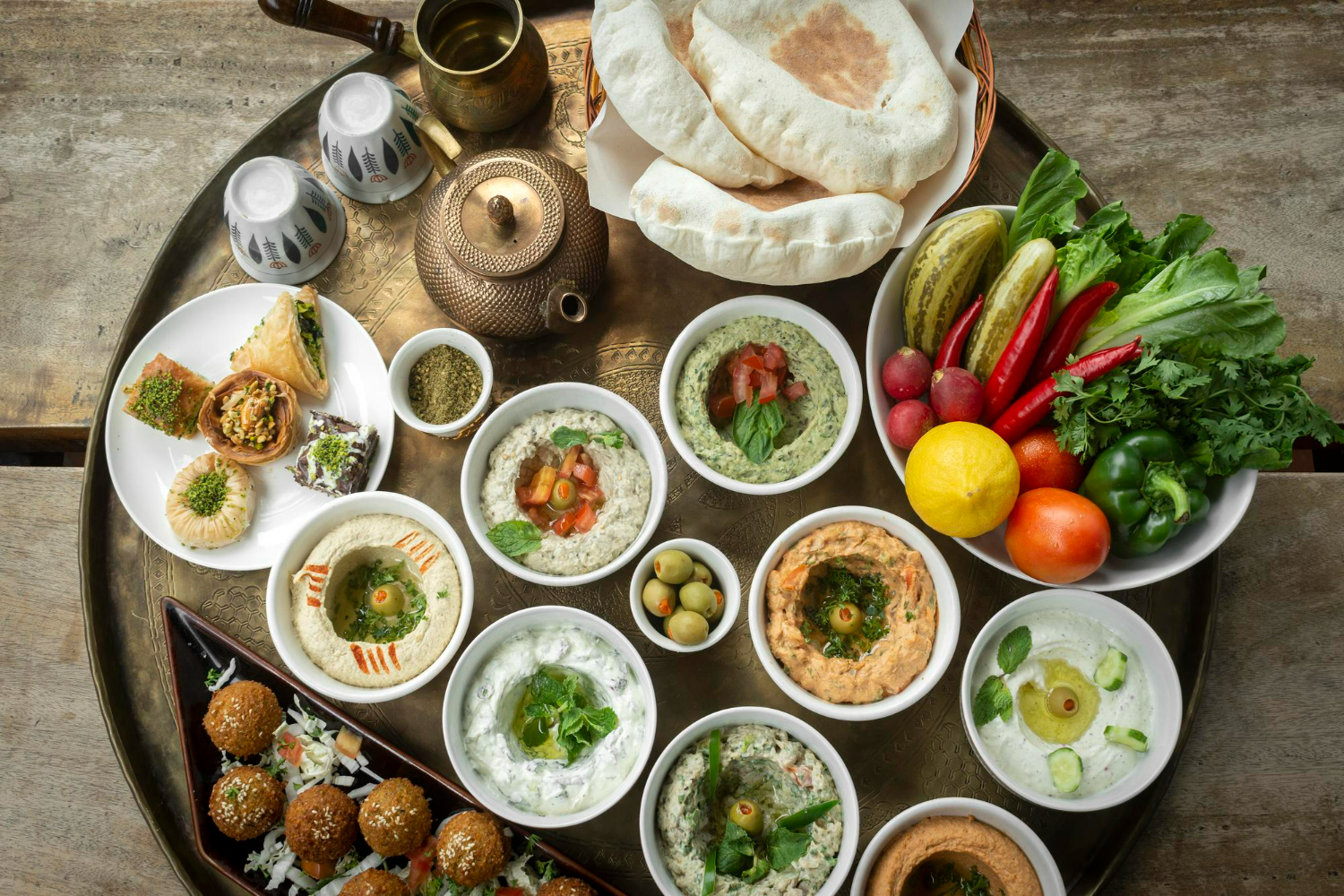Embracing global cuisines offers an unparalleled opportunity for restaurants to diversify their menus and cater to the adventurous palates of modern diners.
This exploration not only enriches the dining experience but also fosters creativity and innovation within the kitchen.
By integrating flavors and techniques from around the world, chefs can craft unique dishes that stand out in a competitive market, attracting those who seek culinary adventures.
The art of mixing cuisines
The fusion of different culinary traditions brings a creative zest to the menu, offering something new and exciting for guests.
Imagine the vibrant flavors of a Thai green curry pizza or the comforting fusion of a Mexican-Korean kimchi burrito. These imaginary examples illustrate how blending cuisines can result in dishes that are both familiar and novel, encouraging diners to embark on a taste adventure without leaving their comfort zone.
Pushing the boundaries of traditional dining
Incorporating global cuisines not only caters to the curiosity of food enthusiasts but also appeals to those looking to expand their culinary horizons.
A menu that offers a journey around the world from the comfort of one’s dining table is more likely to attract a diverse clientele.
The promise of discovering new flavors and dishes can turn a simple meal into an exploratory experience, making your restaurant a destination for those seeking culinary adventures.

Cultivating a sense of adventure
The key to successfully expanding your menu’s horizons lies in the careful curation of dishes that reflect a genuine appreciation for the source cuisines. By doing so, restaurants can create a dining experience that educates as well as entertains.
Diners are not just looking for food; they are in pursuit of an experience that transports them to different parts of the world.
A well-executed global menu can meet this demand, turning occasional visitors into regular patrons eager to see what new offerings will next take them on a culinary journey.
Finding the right balance
Creating a globally inspired menu requires a delicate balance between authenticity, innovation, and appeal. Here are ten steps to help you craft a menu that resonates with your diners while staying true to the diverse flavors of the world.
- Research and respect traditions: Begin with thorough research into the cuisines you wish to incorporate. Understanding the history, techniques, and core ingredients is crucial to respecting the culinary traditions you’re drawing from.
- Start with authenticity: Base your dishes on authentic recipes and methods before introducing innovative twists. This foundation ensures that your creative liberties resonate with the essence of the original cuisine.
- Source quality ingredients: Authenticity starts with the right ingredients. Source high-quality, traditional ingredients from each cuisine you’re incorporating to ensure the flavors are as genuine as possible.
- Balance flavors thoughtfully: Global cuisines can vary greatly in flavor profiles. Work to balance these flavors in a way that is harmonious, considering how spices, herbs, and foundational ingredients from one culture blend with another.
- Incorporate signature dishes with a twist: Identify signature dishes from various cuisines and think of ways to introduce them with a twist that reflects your restaurant’s unique style, creating a fusion that’s both familiar and surprising.
- Mindful fusion: When blending elements from different cuisines, do so mindfully. Ensure that each fusion makes culinary sense and adds to the dish’s appeal without overshadowing its origins.
- Engage with culinary experts: Collaborate with chefs or culinary experts from the cuisines you’re exploring. Their insights can guide your menu development, ensuring authenticity and innovation are well-balanced.
- Test and refine: Before finalizing any dish, conduct taste tests with a diverse group of people. Use their feedback to refine the dishes, ensuring they appeal to a wide audience while maintaining their global integrity.
- Educate your staff: Your staff should be knowledgeable about the dishes they’re serving, including the inspiration behind them and the correct pronunciation of dish names. This education enhances the dining experience for your customers.
- Listen to your diners: Once your menu is live, listen to the feedback from your diners. Their responses can guide future menu developments, helping you to continuously refine and balance your offerings.

Conducting the right research
Adding a new cuisine to your restaurant’s menu is an exciting venture that requires careful research and planning. Here’s how to conduct effective research and some critical don’ts to keep in mind.
Tips for conducting effective research
- Explore the Cuisine’s Origins: Start by understanding the history, cultural significance, and foundational elements of the cuisine. This deep dive provides essential context that can guide your menu development.
- Consult with Experts: Engage chefs or culinary experts who specialize in the cuisine. Their insights can offer authenticity and help you avoid common pitfalls.
- Sample Widely: Experience the cuisine firsthand by visiting restaurants that specialize in it, both locally and, if possible, in its country of origin. Pay attention to the flavors, textures, and presentation.
- Study Ingredients: Familiarize yourself with the key ingredients, their sources, and any potential substitutes if certain items are not readily available in your area.
- Understand Dietary Restrictions: Research common dietary practices and restrictions associated with the cuisine to cater to a broader audience.
- Gather Feedback: Conduct focus groups or tasting sessions with a diverse audience to gauge reactions to potential dishes.
- Monitor Trends: Stay informed about current trends in the cuisine, including popular dishes or emerging ingredients, to keep your menu fresh and relevant.

Don’ts in researching new cuisine
- Don’t Overlook Regional Variations: Many cuisines have regional differences. Avoid generalizing the cuisine without recognizing its diversity.
- Don’t Sacrifice Authenticity for Appeal: While it’s important to adapt dishes to suit your clientele’s palate, don’t compromise on the authenticity of flavors and preparation methods.
- Don’t Ignore Local Taste Preferences: Understand your existing customers’ preferences and consider how the new cuisine will fit into or complement their tastes.
- Don’t Skimp on Ingredient Quality: Using subpar or incorrect ingredients can significantly affect the authenticity and quality of your dishes.
- Don’t Forget about Presentation: Many cuisines have specific presentation styles that contribute to the dining experience. Avoid neglecting this aspect in favor of convenience.
- Don’t Underestimate the Learning Curve: Properly introducing a new cuisine may require training for your kitchen and service staff. Don’t rush this process.
- Don’t Ignore Feedback: Once you introduce new dishes, pay close attention to customer feedback. Don’t dismiss criticism, as it can be crucial for refining your offerings.
Conclusion
Expanding your menu to include global cuisines is a strategic move that can set your restaurant apart in a crowded industry.
It’s an invitation to diners to explore the rich tapestry of global flavors, fostering a dining culture that values creativity, adventure, and exploration.
By blending different culinary traditions, restaurants can offer more than just a meal; they can provide an unforgettable journey that keeps guests coming back for more.





